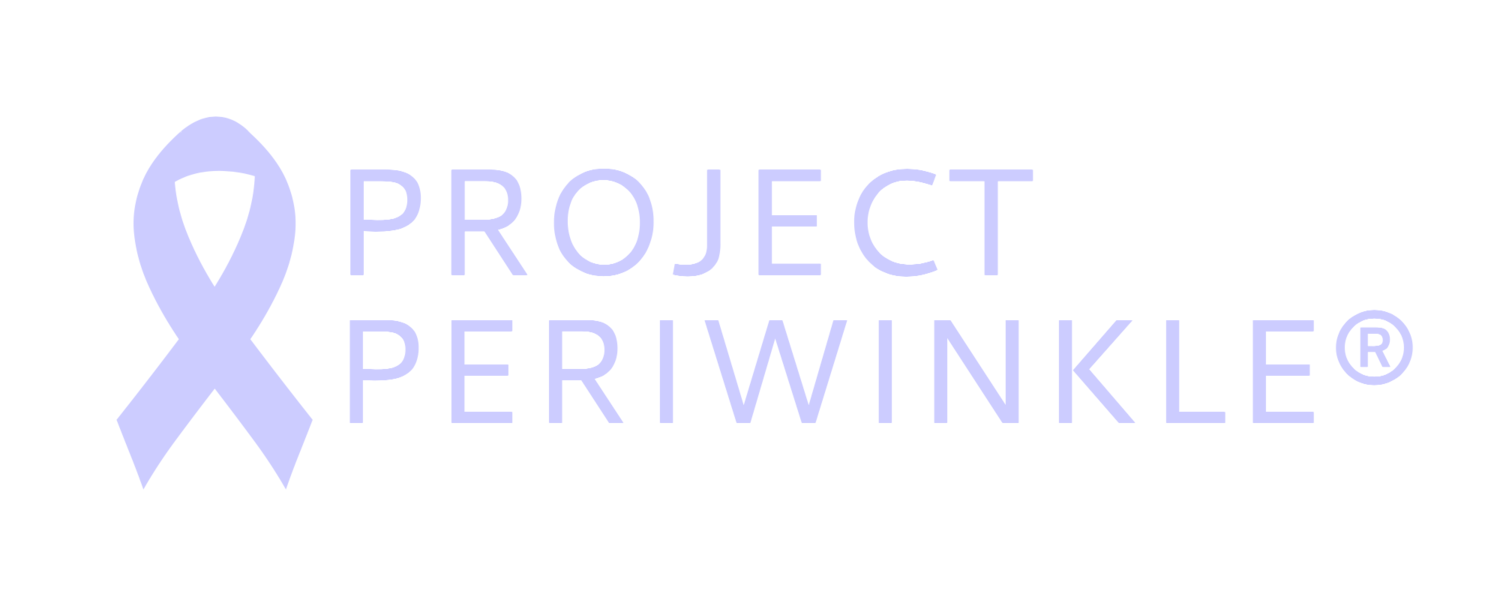Stomach Cancer
What is it?
Stomach cancer, also known as gastric cancer, is cancer of the stomach. It begins there, and like other types of cancer, can spread to other parts of the body. Because the stomach shares the abdomen with other organs, it is extremely important to be able to recognize the source of other pains and symptoms. Organs such as the colon, pancreas, and liver, among others, are also in this part of the body, and those types of cancers do not always share the same symptoms and treatments, as well as the same outlook.
By the Numbers
Each year, there are over 1 million new stomach cancer cases and nearly fifteen million new total cancer cases worldwide. In the United States alone, there are an estimated 30,000 new stomach cancer cases and 1.7 million new overall cancer cases respectively. While stomach cancer is the fifth most common worldwide, the cancer research budget of the National Cancer Institute sits at less that a quarter of a single percent.
Road map of the stomach
When traveling through the body, and the stomach more specifically, the first part that is reached is the Cardia, followed bu the upper part of the stomach called the Fundus, and then the body of the stomach also known as the Corpus. When continuing through, the lower portion is called the Antrum which is near the intestines, and lastly, the last part of the stomach is called the Pylorus.
The types of stomach cancer
Adenocarcinoma: starts in the glands of the stomach lining and represent nearly all stomach cancer cases, over 95%.
Squamous Cells: the cells that are between the gland cells that produce the stomach lining.
Gastrointestinal Stromal Tumor (GIST): a rare type of tumor that develops in the tissues that support organs of the digestive system.
Neuroendocrine Tumors: grows in hormone producing tissues.
Signs and Symptoms
Difficulty swallowing
Feeling bloated after eating
Feeling full after eating small amounts of food
Heartburn
Indigestion
Nausea
Stomach pain
Abdominal (belly) pain
Unintentional weight loss
Vomiting
Poor appetite
Weight loss (without trying)
Abdominal (belly) pain
Vague discomfort in the abdomen, usually above the navel
A sense of fullness in the upper abdomen after eating a small meal
Swelling or fluid build-up in the abdomen
Blood in the stool
Low red blood cell count (anemia)
Risk Factors
Gastroesophageal reflux disease
Obesity
A diet high in salty and smoked foods
A diet low in fruits and vegetables
Family history of stomach cancer
Infection with Helicobacter pylori
Long-term stomach inflammation (gastritis)
Smoking
Stomach polyps
Prevention
To reduce the risk of stomach cancer, you can:
Maintain a healthy weight. If you're overweight or obese, talk to your doctor about strategies to help you lose weight. Aim for a slow and steady weight loss of 1 or 2 pounds a week.
Choose a diet full of fruits and vegetables. Try to incorporate more fruits and vegetables into your diet each day. Choose a wide variety of colorful fruits and vegetables.
Reduce the amount of salty and smoked foods you eat. Protect your stomach by limiting these foods.
Stop smoking. If you smoke, quit. If you don't smoke, don't start. Smoking increases your risk of stomach cancer, as well as many other types of cancer. Quitting smoking can be very difficult, so ask your doctor for help.
Ask your doctor about your risk of stomach cancer. Talk with your doctor if you have an increased risk of stomach cancer. People with a strong family history of stomach cancer might consider tests, such as endoscopy, to look for signs of stomach cancer.
Information Sources & Disclaimers
Information on this page was compiled from a number of independent sources and is not owned by Project Periwinkle, Project Periwinkle Ltd., or any of its officers, directors, or affiliates. Information provided through resources published or shared through publication methods owned, operated and presented through Project Periwinkle or Project Periwinkle Ltd., should not be taken as medical advice.
This web site is provided for educational and informational purposes only and does not constitute providing medical advice or professional services. The information provided should not be used for diagnosing or treating a health problem or disease, and those seeking personal medical advice should consult with a licensed physician. Always seek the advice of your doctor or other qualified health provider regarding a medical condition

